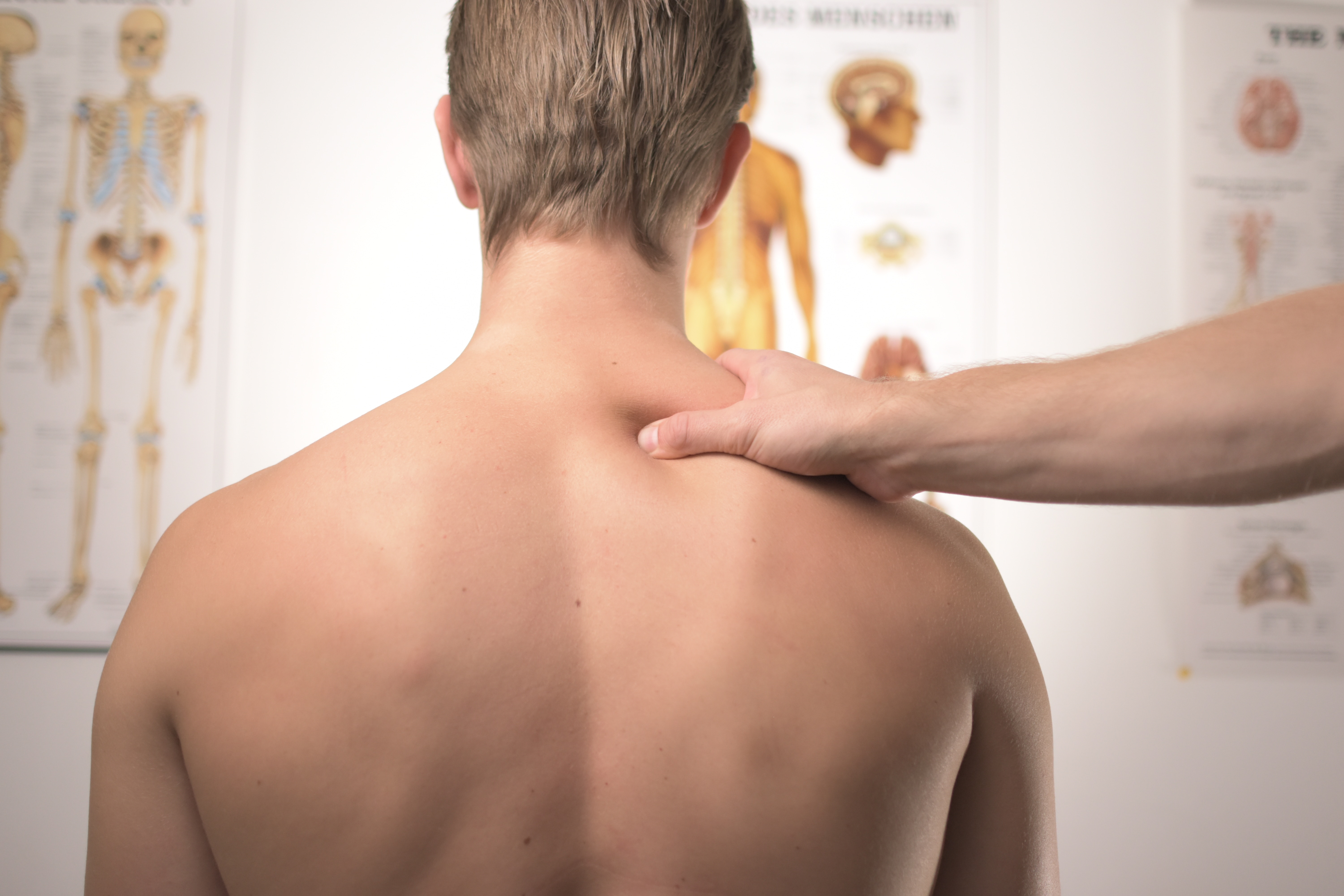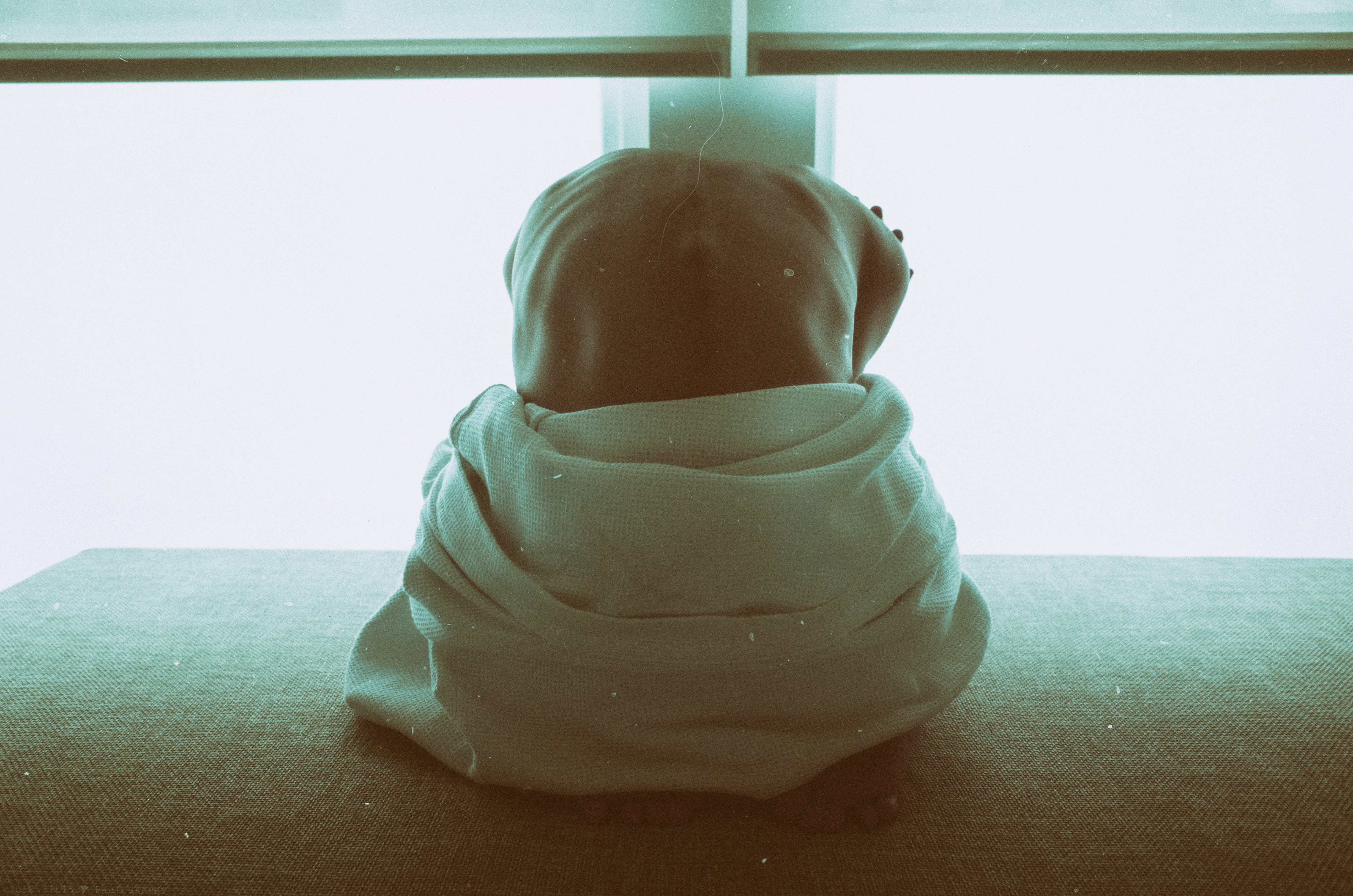Convenience is the #1 Benefit to Attending Physical Therapy Sessions in the Comfort of Your Own Home

You’re sitting in your living room and glance at the clock: just five minutes until your physical therapy appointment is scheduled to start. You still need to lace up your shoes, grab your wallet, jump in the car and drive 10 miles across town. The walk from the parking alone will take five minutes! How will you ever make it on time?
With In Home Therapy of Grand Rapids, this scenario is a thing of the past. Instead of racing out the door. It’s possible to have your Physical Therapy or Occupational Therapy in your living room. Here are a few ways that home visits make Physical Therapy/Occupational Therapy appointments more convenient for patients:
- Saves precious time. Time spent traveling from the home, office or school to the physical therapy clinic (and back again) can really add up. While the time saved by visiting with a physical therapist virtually varies from patient to patient, who doesn’t need extra time (even five minutes!) to fold laundry, complete a homework assignment or answer the boss’ email?
- Puts more greenbacks in your wallet.Traveling to the outpatient clinic costs money— whether you travel by foot (sneakers and other appropriate attire), car (gas and parking), or by bus, train or rideshare service (fare). Other factors to consider are childcare costs and the wages lost by potentially missing work.
- Keeps stress levels in check.The details involved in getting to a physical therapy appointment can be stressful, especially for those with competing priorities like childcare responsibilities or travel barriers like unreliable transportation.
In today’s world of e-retailers and smartphones, convenience is important to consumers. Today’s consumers can use an app to have groceries delivered to the home in less than an hour or ask a voice assistant to play their favorite songs without getting up from the couch. Naturally the demand for a similar experience is spilling over into healthcare.
Beyond the obvious advantages of cost savings and convenience, therapy in the home allow PTs to observe, guide and educate patients to ensure that they complete their home exercise programs and other rehab-related goals on-schedule and safely.
Contact In Home Therapy of Grand Rapids today to schedule your Physical Therapy/Occupational Therapy at 616-799-7891.


